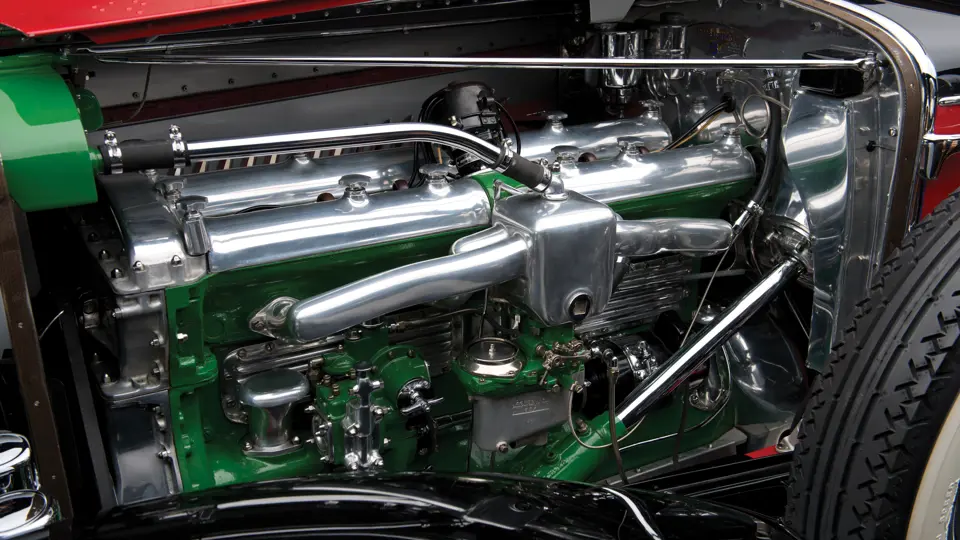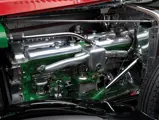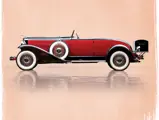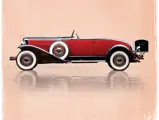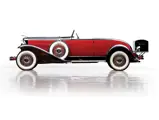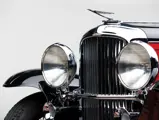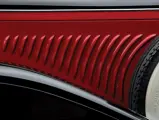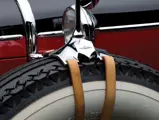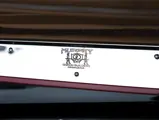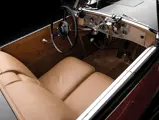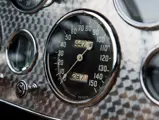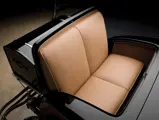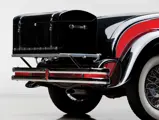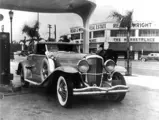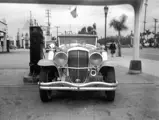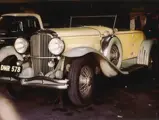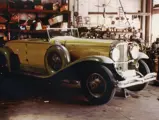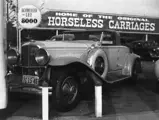
1931 Duesenberg Model J 'Disappearing Top' Convertible Coupe by Murphy
{{lr.item.text}}
$3,520,000 USD | Sold
{{bidding.lot.reserveStatusFormatted}}
- One of about 25 original Murphy Disappearing Tops built
- Original chassis, engine, and body
- Painstakingly restored and a multiple award winner
- ACD Club Certified Category 1 (D-146)
265 bhp, 420 cu. in. DOHC inline eight-cylinder engine, three-speed Warner Hi-Flex manual transmission, beam-type front and live rear axles with semi-elliptical leaf springs, and vacuum-assisted four-wheel hydraulic drum brakes. Wheelbase: 142.5 in.
The Walter M. Murphy Company, of Pasadena, California, produced roughly 100 bodies for Duesenberg, which was more than any other coachbuilder, and it more or less served as the de facto Model J body maker on the West Coast. Their most popular body style was the two-passenger convertible coupe with a rumble seat, of which about 60 were made, but not all of these were equal.
Murphy initially produced the convertible coupe with a top that folded down into a low pile and was exposed behind the driver’s seat, in the fashion of most convertibles of the time. Roughly 25 of these were produced, followed by a series of interim cars, mostly one-off designs, in which the top folded down into a well behind the seat and was covered by a low leather snap-on tonneau. This eventually evolved into a true “disappearing top” model, in which a flush-fitting metal lid replaced the tonneau, creating a smooth, flat line that ran from the edges of the hood to the doors and down over the rear deck. This top, coupled with Murphy’s signature thin “Clear-Vision” windshield pillars and disappearing side windows, gave the convertible coupe the sporting appearance of a true roadster.
Unlike the standard convertible coupes, which were often produced for Duesenberg factory stock, the disappearing top models were all fully custom, as recognized by their 900-series body numbers, and they were built for their original owners. This special status, along with their spectacular lines, has made them perhaps the most iconic bodies on the Model J chassis.
A HOLLYWOOD MODEL J
Body number 921 was installed on a short-wheelbase Model J chassis, number 2414, and featured engine number J-395, which, according to the notes of late Duesenberg historian Ray Wolff, had been tested on August 12, 1930. The body was delivered to the Duesenberg company on May 4, 1930, and it cost the original owner $2,130.
According to the records of Duesenberg historian Dwight Schooling, the earliest owner of J-395 was Blake Garner, who owned the car in Chicago as of 1936. Despite much research on the part of RM Sotheby’s, little is known about Mr. Garner. The car is likely to have been originally primrose yellow with apple green fenders, as this is the color scheme it wore for many years.
By 1941, the car had come to Los Angeles, where, at a gas station, it was photographed in its yellow and green livery by Jim Talmadge, the son of silent film stars Buster Keaton and Natalie Talmadge and a well-known Model J enthusiast himself.
The car had been purchased by George Schweiger Sr., a dentist who was also a part owner of an auto rental company. Pacific Auto Rentals, as it was known, specialized in a very useful business in Hollywood: supplying prop cars for the film studios. The company operated out of 310 South Barendo Street, in what is now Koreatown, in Los Angeles, and it boasted an enviable inventory of just about every imaginable vintage vehicle, from Model Ts to Mercedes-Benzes to Isotta Fraschinis and even a few Duesenbergs. If you see a great car in a 1930s Hollywood film, chances are that Pacific Auto Rentals was behind it, and the firm has become a legendary name to Southern California car enthusiasts, equating them with the fabled hordes of the Brucker Family and Art Austria.
According to a February 1951 Popular Mechanics article on the Pacific Auto Rentals fleet, “a very fine Duesenberg Convertible Coupe became ‘camera shy’ and was sadly sold to a Duesenberg enthusiast.” In May 1949, J-395 was sold by Schweiger to John Guthrie, a man with homes in New York City and Coalinga, California. By October 1950, it had passed to H.D. Carmichael, also of Coalinga.
In 1956, J-395 rejoined the Pacific Auto Rentals fleet. It would remain with PAR for the next three decades, during which time it became a considerably well-known automobile in West Coast ACD circles, as well as one of the most widely known Duesenbergs by the public. In 1962, it appeared alongside Bette Davis and Joan Crawford in the famous thriller What Ever Happened to Baby Jane? In the 1970s, it was a regular in the television series Bring ‘Em Back Alive, as well as a featured player in the 1976 film Gable and Lombard. The car was also the subject of a feature article in the August 1970 issue of Car Classics magazine.
Following the passing of George Schweiger Sr. in the early 1980s, the entire Pacific Auto Rentals Collection was sold to the Imperial Palace of Las Vegas, which cherry-picked the cars and sold the remainder at an auction on the front lawn of the Ambassador Hotel on August 18, 1985. Here, J-395 was sold to renowned Philadelphia collector Oscar Davis, who had it refinished in all-over cream with a maroon chassis.
In 1993, J-395 was sold back to the Imperial Palace, reportedly as the 50th Duesenberg in their vast collection. When the collection dispersed in 1998, it spent time in the Blackhawk Collection, and then it was acquired by Chris and Kathleen Koch, of Palm Coast, Florida.
The Kochs reportedly invested more than $500,000 in the Duesenberg’s present restoration, which included a full mechanical restoration by Brian Joseph’s highly respected Classic & Exotic Service, of Troy, Michigan. A cosmetic restoration and final assembly were handled by a talented Florida-based restorer, Steve Cooley Jr., of Tavares. After three years of painstakingly rebuilding virtually every component, the car was presented at its first concours, the Pebble Beach Concours d’Elegance, where it was awarded a Best in Class. It went on to be shown a further 17 times in a two-year period, and it won nothing less than first place each time.
Today, as a long-term resident of the Andrews Collection, there is no doubt that this car remains one of the finest Disappearing Top Convertible Coupes extant, and it is still capable of winning many more times on the concours field. Its restoration still appears fresh, even after participation in two 1,000-mile Duesenberg Tours, with the first one being in Texas in 2010 and the second in Virginia in 2014, and it shows no significant signs of wear and tear. With its impeccable provenance, its original chassis, engine, and body, and its ACD Club Category 1 Certification, as well as an important file of history and photographs, it is surely the preeminent example of what may well be the greatest Duesenberg body style.




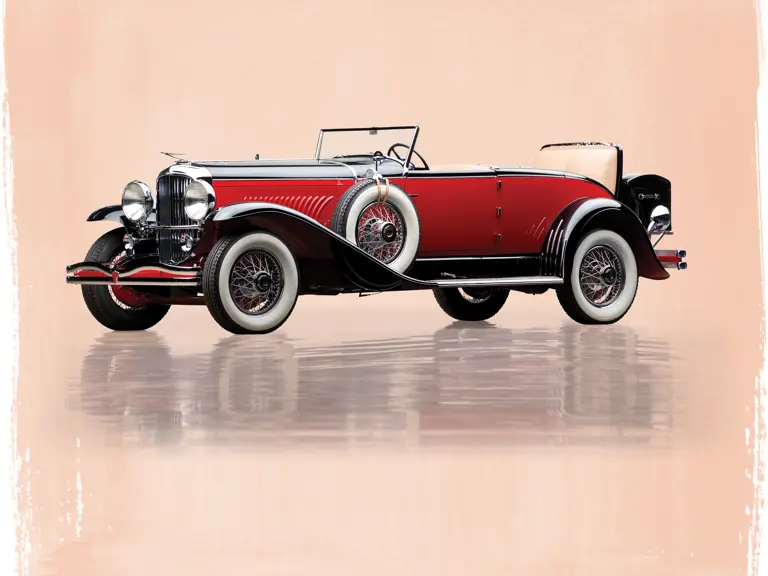
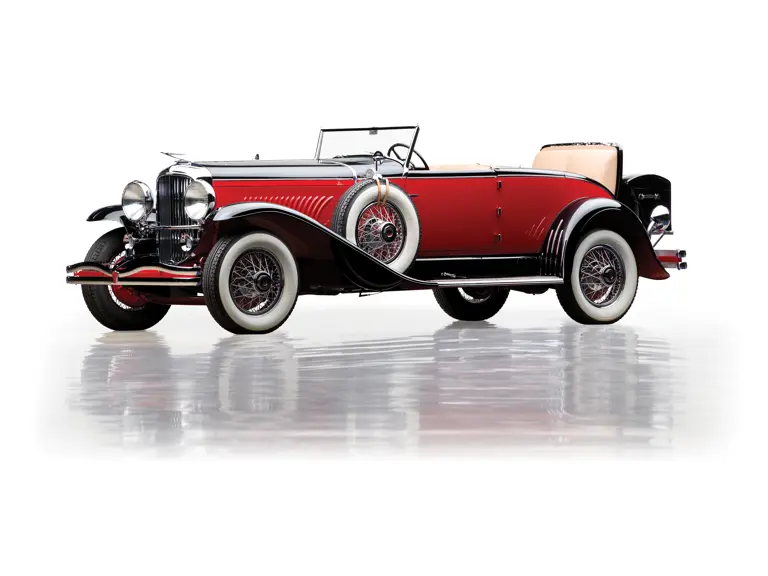
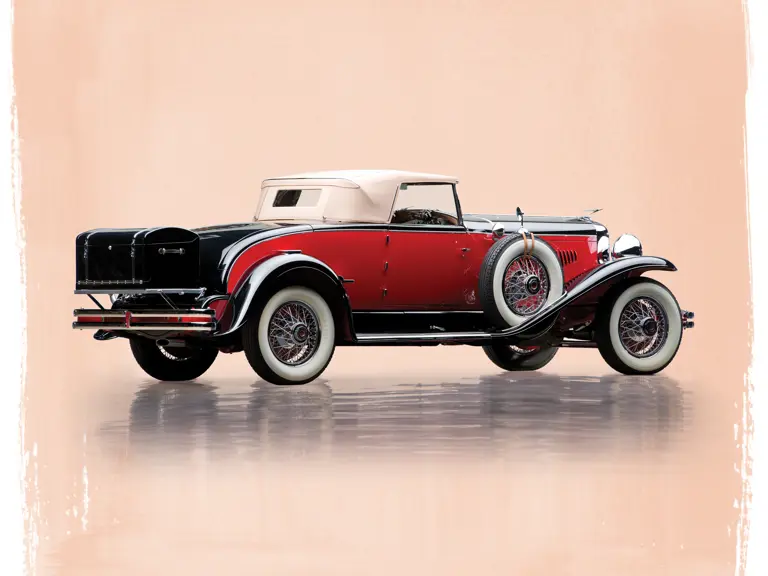
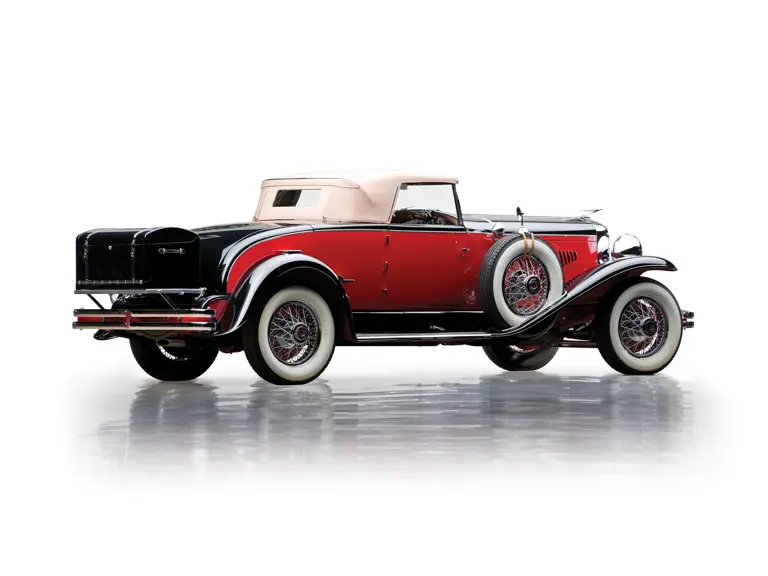
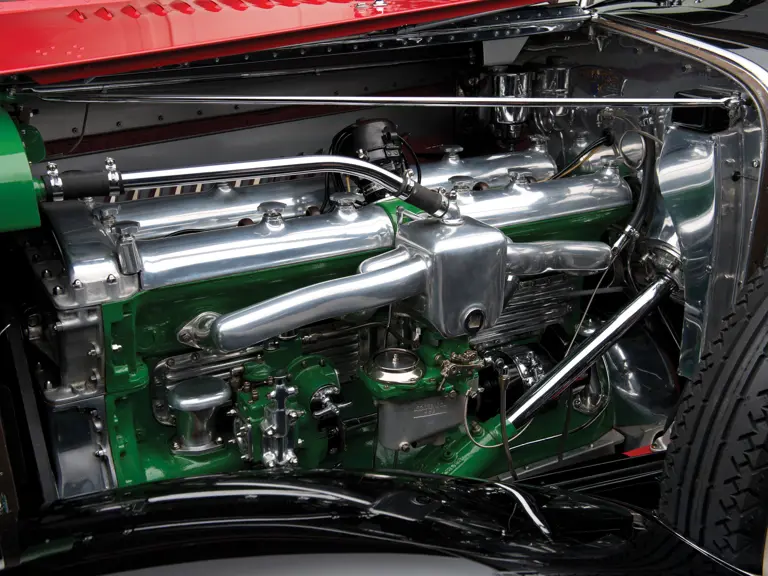
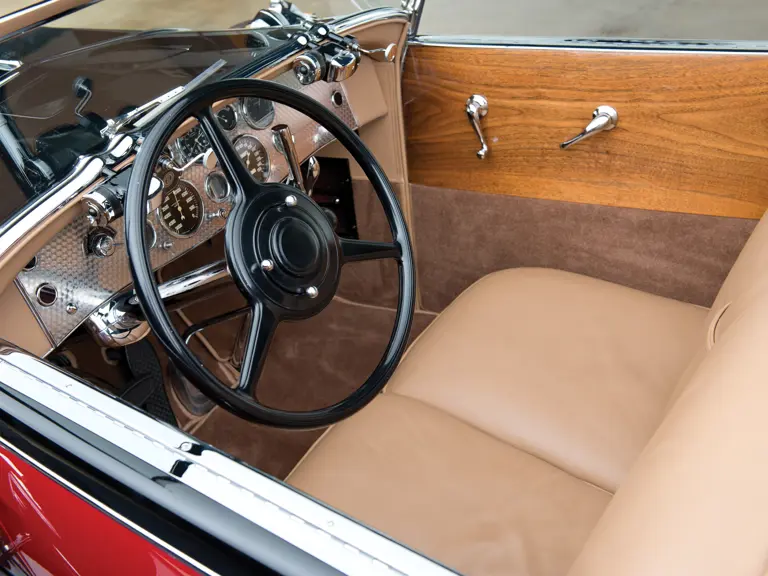
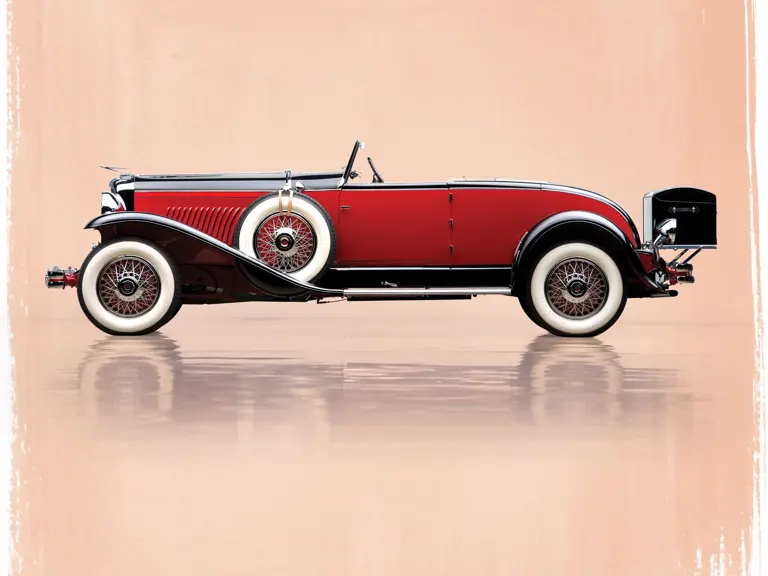
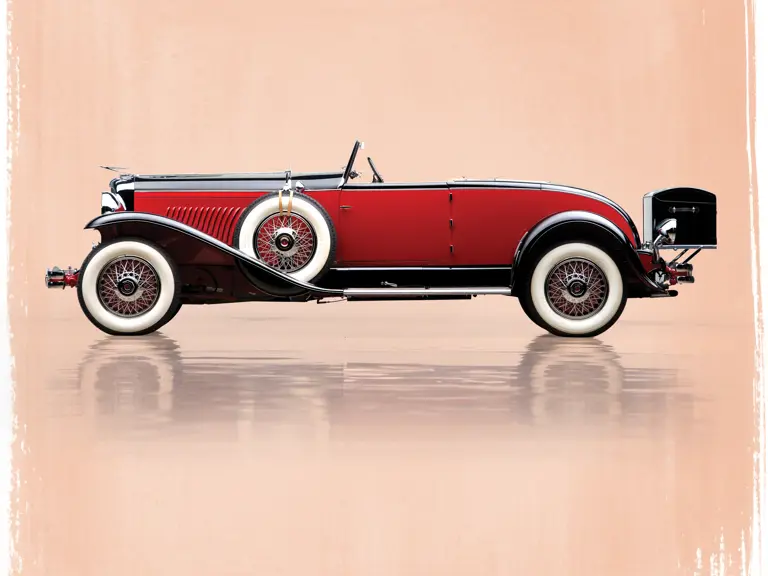
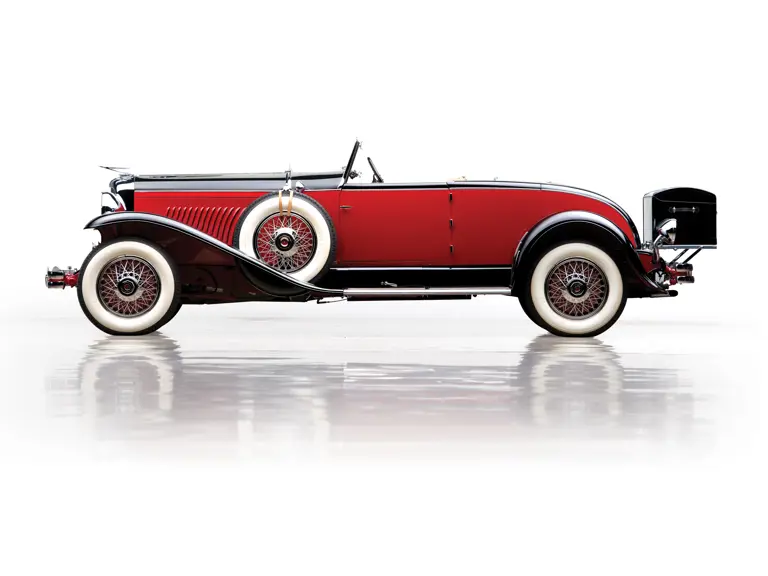
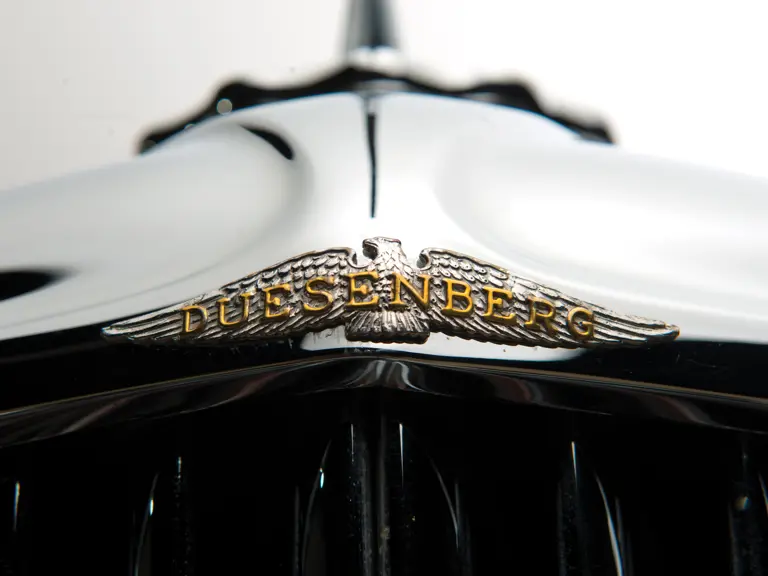



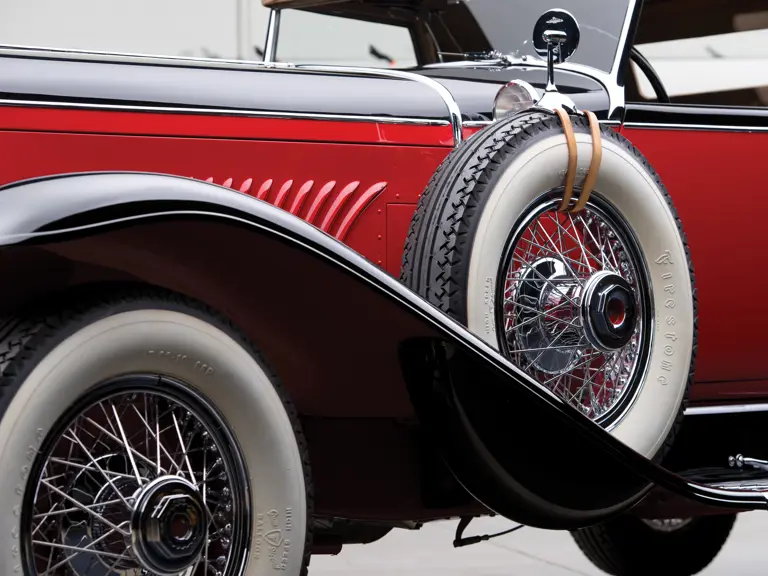
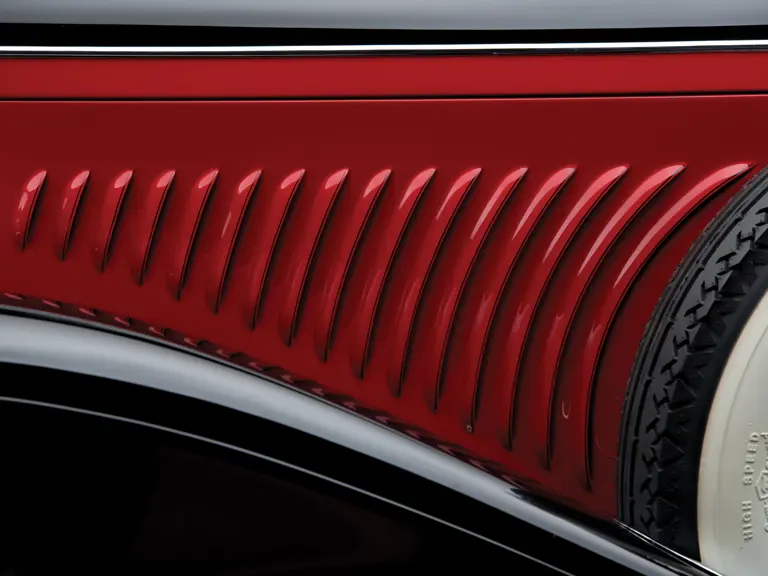

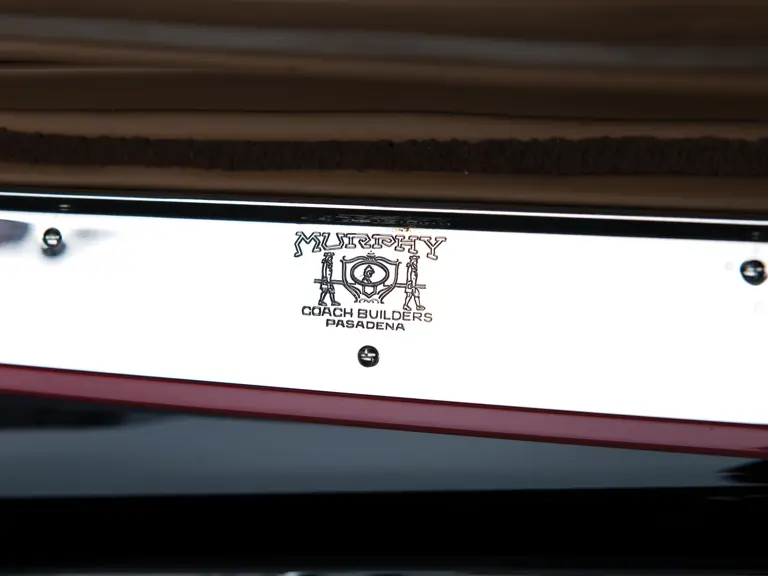
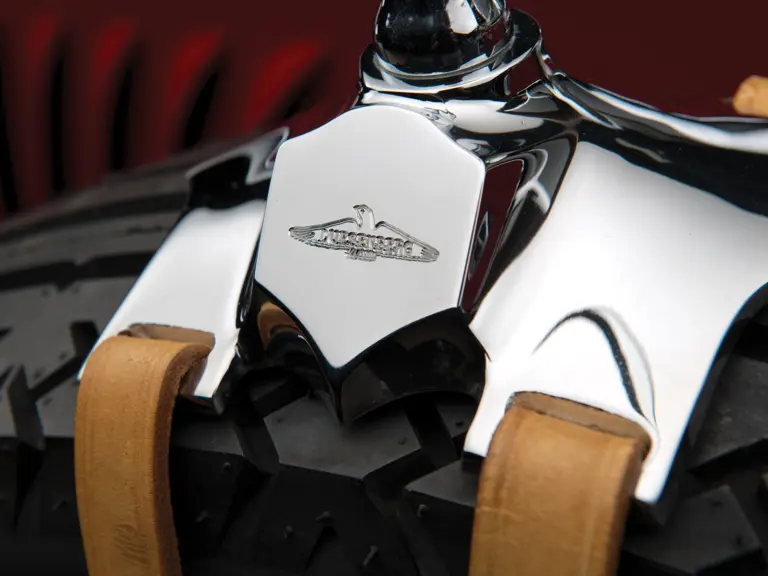

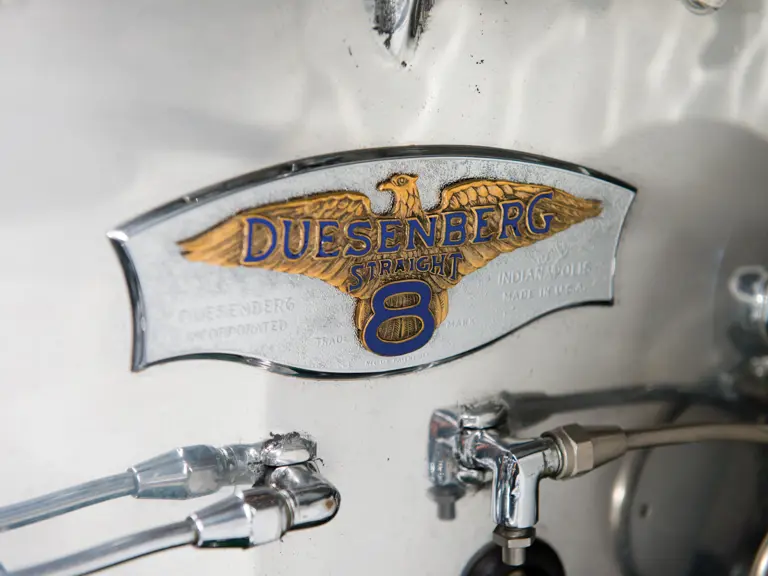
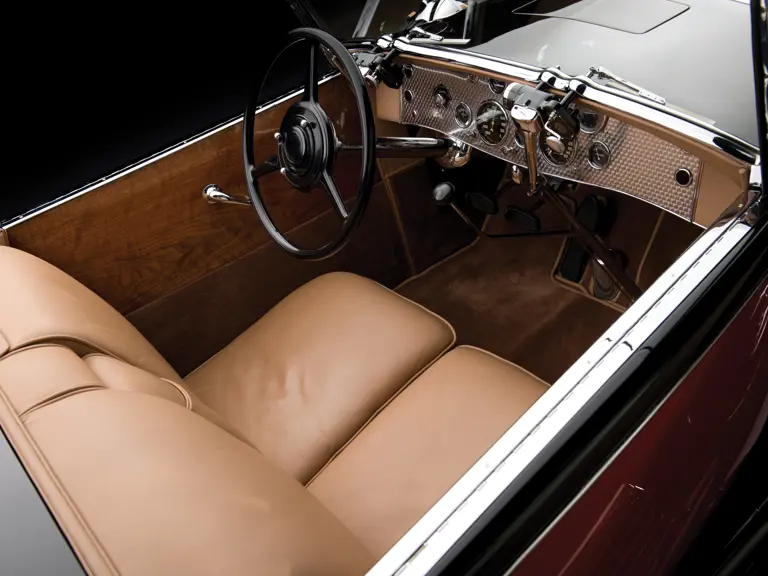
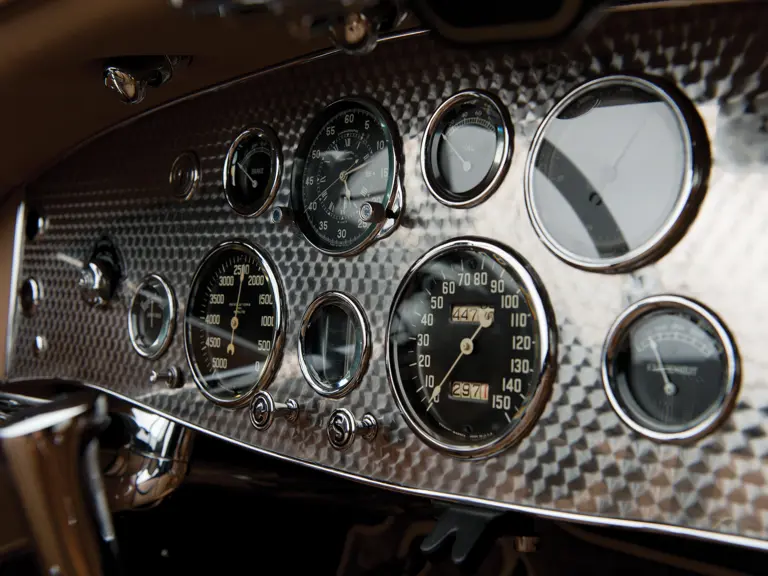
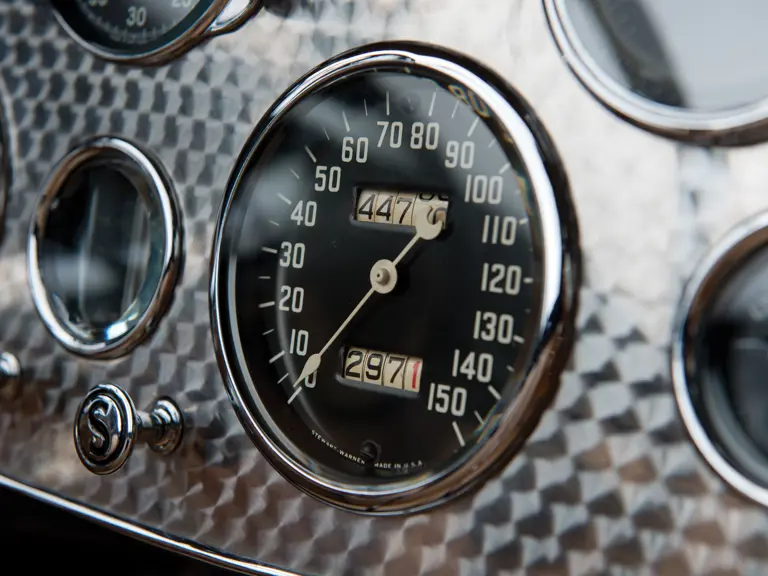

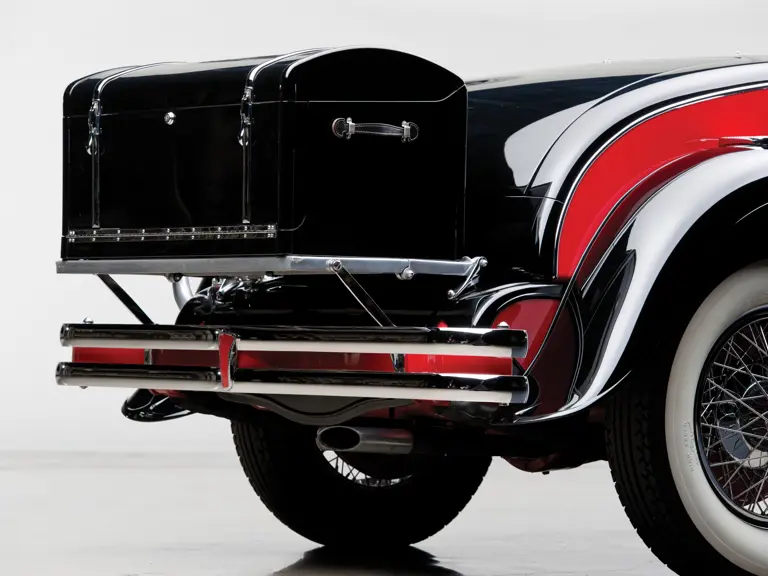

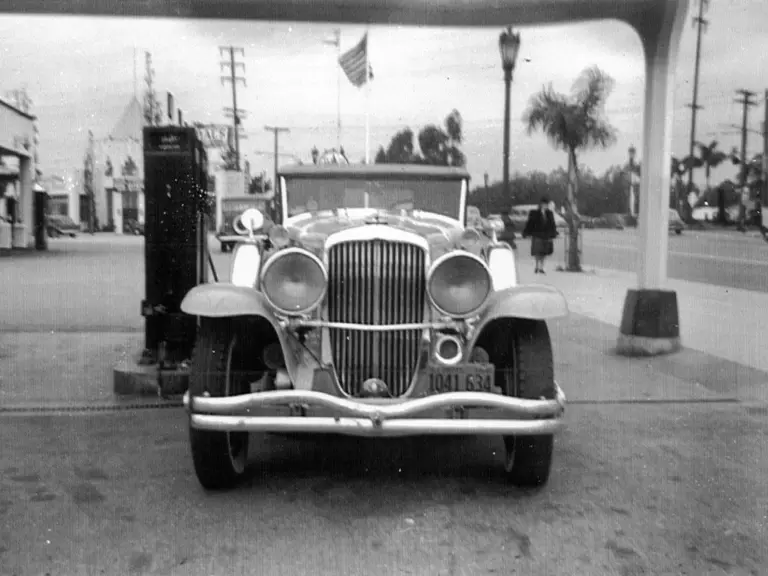
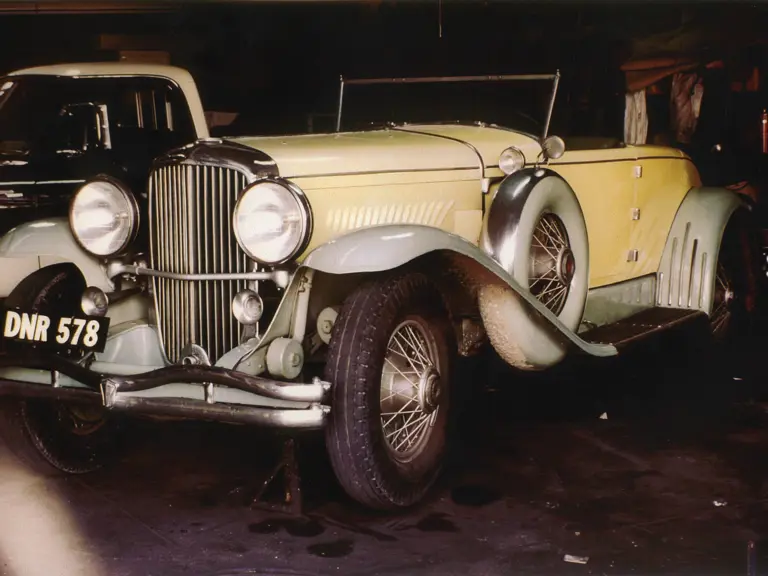
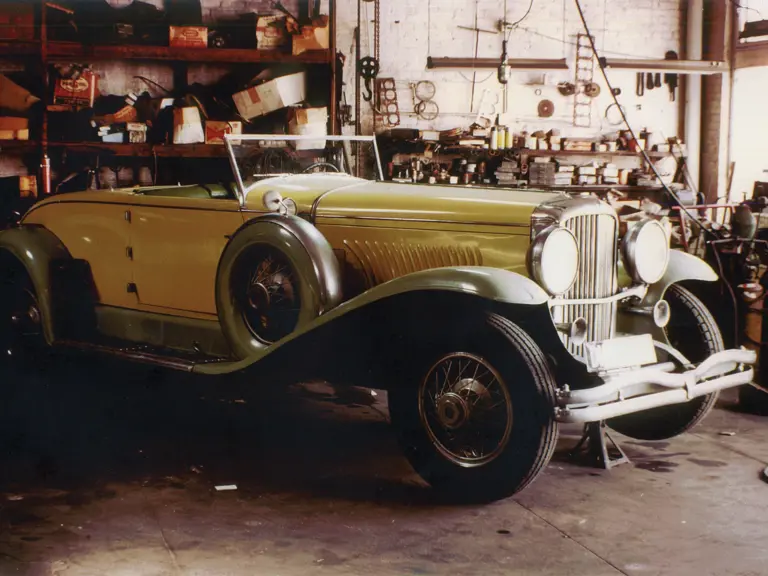
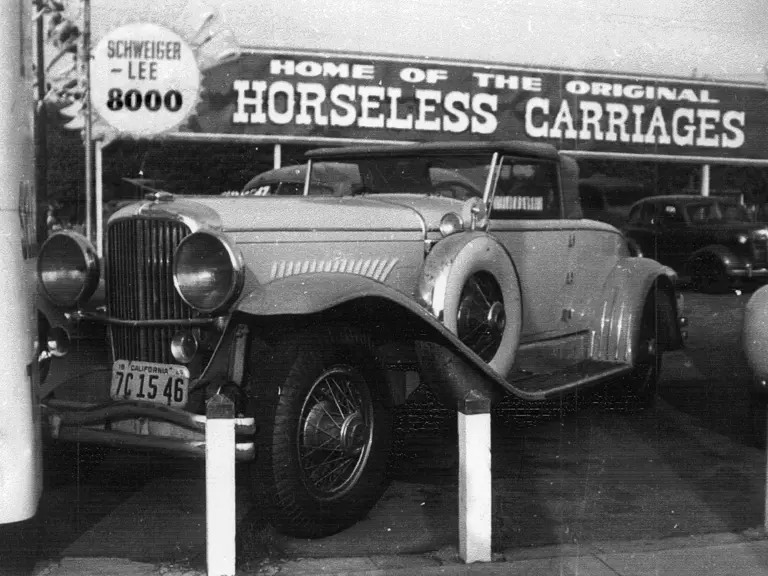
 | Fort Worth, Texas
| Fort Worth, Texas
